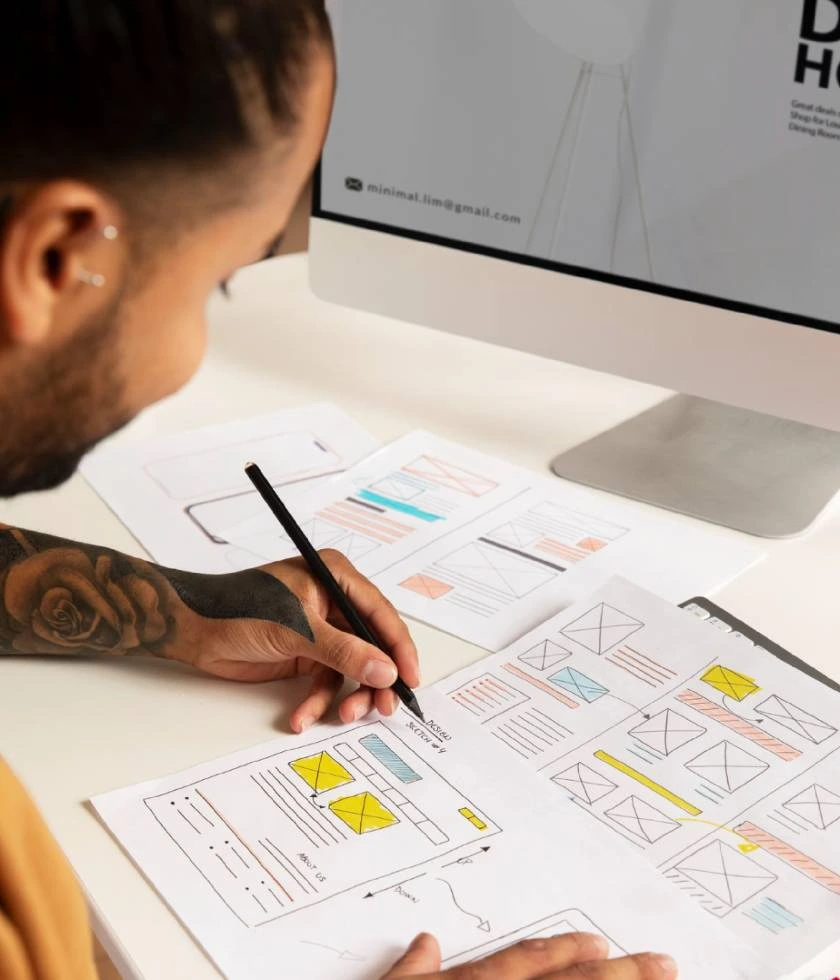Designing and prototyping are crucial steps in the application development process. They help in visualizing and refining the concept before actual development begins. Below are the key steps for designing and prototyping an application:
- Define Objectives and Requirements:
- Clearly define the objectives of the application.
- Gather and document functional and non-functional requirements.
- Market Research:
- Conduct market research to understand user needs and preferences.
- Analyze competitor applications to identify strengths and weaknesses.
- User Personas and Use Cases:
- Create user personas representing target users.
- Develop use cases to understand how different users will interact with the application.
- Wireframing:
- Create low-fidelity wireframes to outline the basic structure and layout of the application.
- Focus on key user interface elements and their placement.
- Mockups:
- Develop high-fidelity static mockups that provide a more detailed visual representation of the application.
- Include color schemes, typography, and visual elements.
- Interactive Prototyping:
- Use prototyping tools to create interactive prototypes.
- Allow users to click through the interface to simulate the user experience.
- Feedback and Iteration:
- Gather feedback from stakeholders, potential users, and design experts.
- Iterate on the design based on the feedback received.
- Information Architecture:
- Define the information architecture, including navigation, structure, and hierarchy of content.
- Visual Design:
- Develop the final visual design of the application, incorporating branding elements and design principles.
- Ensure consistency in the visual elements throughout the application.
- Design Documentation:
- Create detailed design documentation that includes style guides, color palettes, typography guidelines, and design principles.
- Prototype Testing:
- Conduct usability testing on the interactive prototype.
- Identify and address any usability issues or pain points.
- Development Handover:
- Provide developers with the finalized design assets and documentation.
- Ensure clear communication between design and development teams.
- Design Review:
- Conduct a final design review to ensure that the design aligns with the project goals and requirements.
- Version Control for Designs:
- Implement version control for design files to track changes and revisions.
- Accessibility Considerations:
- Ensure that the design is accessible to users with disabilities, adhering to accessibility standards.
- Cross-Platform Considerations:
- If the application is intended for multiple platforms (web, mobile, desktop), ensure that the design is adaptable and consistent across all platforms.
- Design Handoff:
- Facilitate a smooth handoff of design assets and documentation to the development team.







